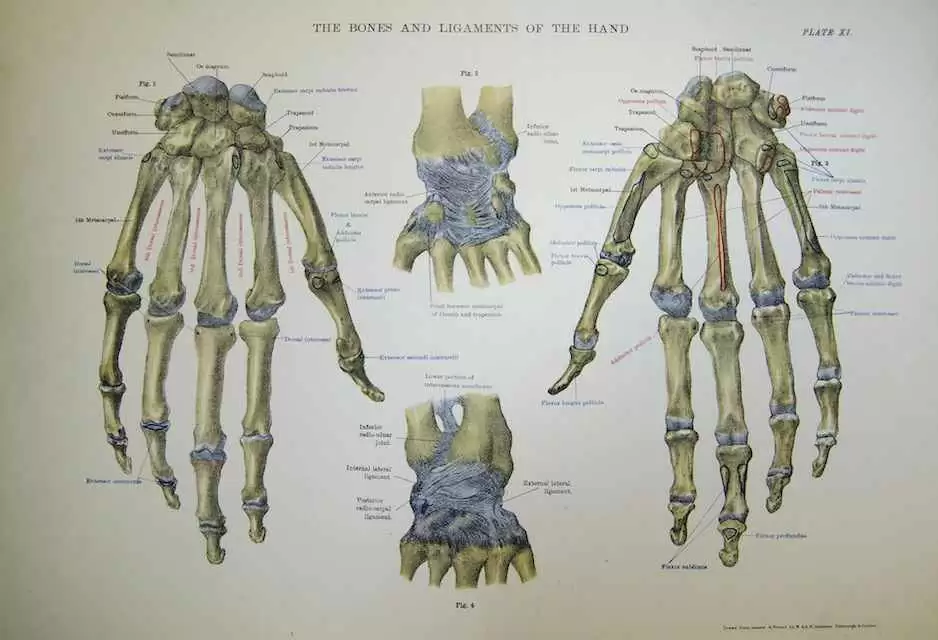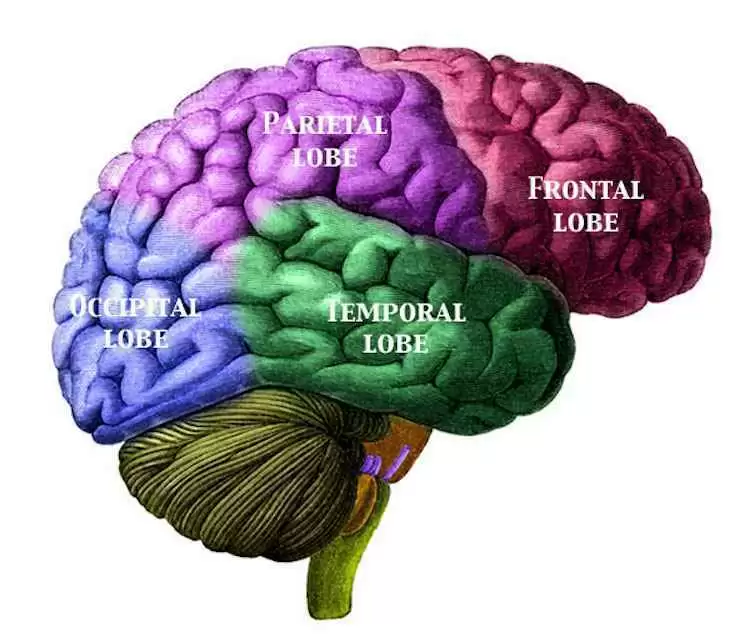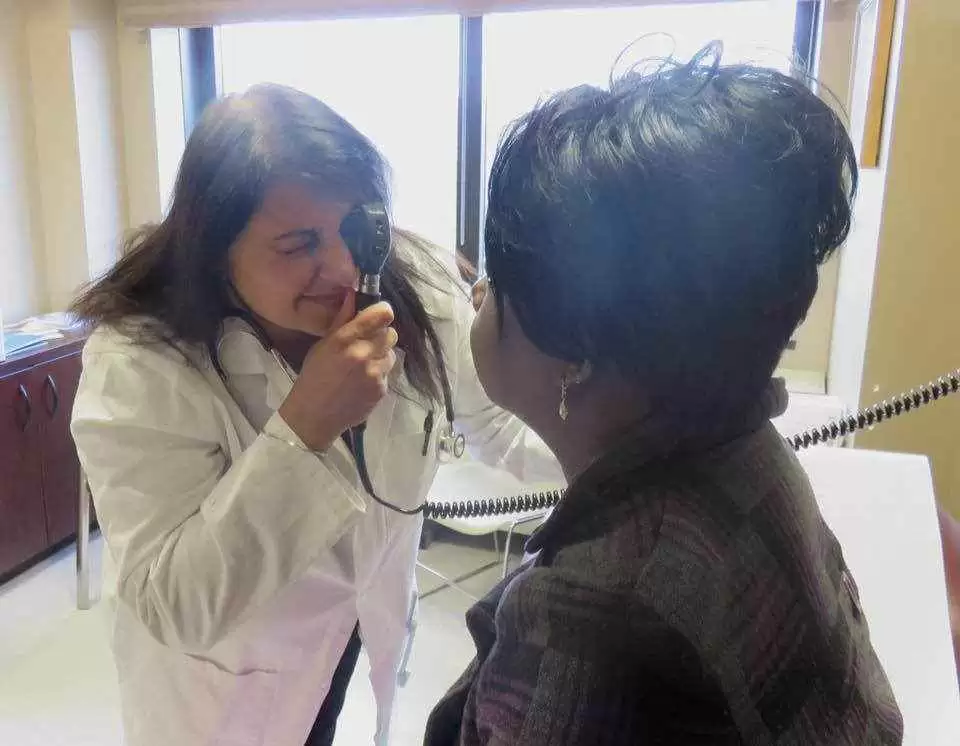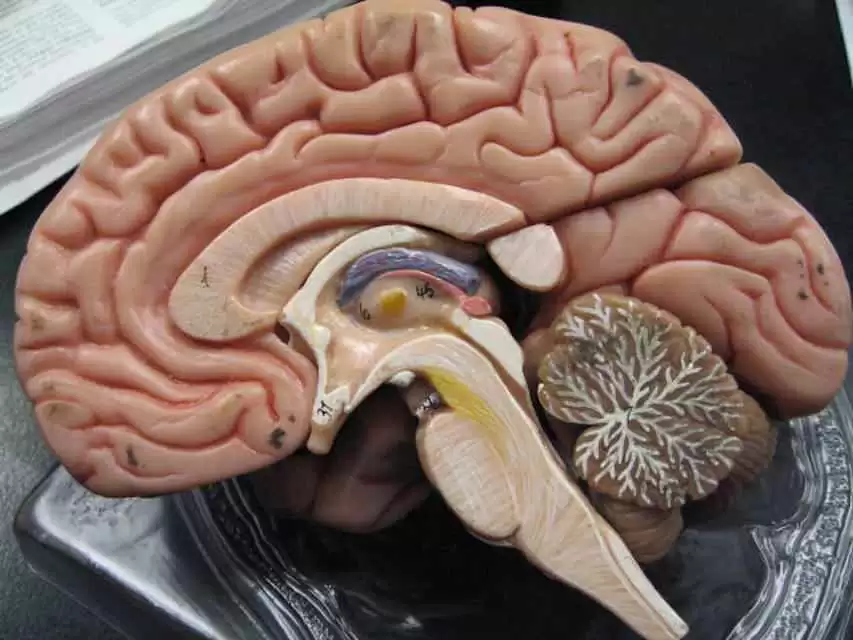
Celiac.com 11/22/2017 - A team of physicians recently reported on the case of a 3-year-old Albanian girl who presented at their clinic with carpal spasms and hand paresthesia. The physicians include Atifete Ramosaj-Morina; A. Keka-Sylaj; V. Hasbahta; A. Baloku-Zejnullahu; M. Azemi; and R. Zunec.
A physical exam showed the girl to be in good physical condition, with a body weight of 10.5 kg (10 percentile). She was suffering from carpal spasms and paresthesias of her extremities. Positive Chvostek and Trousseau signs
indicated neuromuscular irritability.
Celiac.com Sponsor (A12):
Blood tests showed severe hypocalcemia with a total serum calcium of 1.2 mmol/L (normal range 2.12 to 2.55 mmol/L), ionized calcium of 0.87 (normal range 1.11 to 1.30 mmol/L), and 24-hour urine calcium excretion of 9.16 mmol (normal range female
The team screened the girl for celiac disease with antigliadin immunoglobulin A, anti-tissue transglutaminase, and anti-endomysial immunoglobulin A antibodies. All tests were positive. The girl underwent a duodenal biopsy, which showed lymphocyte infiltration, crypt hyperplasia, and villous atrophy compatible with celiac disease grade IIIb according to the Marsh classification.
Following her celiac diagnosis, the team conducted human leukocyte antigen typing, which provided a definite diagnosis of celiac disease. She was started on a gluten-free diet. Apparently, the girl did not follow a gluten-free diet, which caused a recurrence of carpal spasms. At 7 years of age, the girl showed signs of delayed psychophysical development.
Although hypocalcemia is not uncommon in people with celiac disease, it is rare for hypocalcemic carpal spasm to be the first manifestation of the disease. Because of this, the doctors urge other physicians to consider the possibility of celiac disease in patients with repeated carpal spasms that seem to resist easy treatment.
They indicate that celiac disease should be considered even in the absence of gastrointestinal symptoms, since hypocalcemia and carpal spasm may appear as the first symptoms of celiac disease, even in young children.
Source:








Recommended Comments
There are no comments to display.
Create an account or sign in to comment
You need to be a member in order to leave a comment
Create an account
Sign up for a new account in our community. It's easy!
Register a new accountSign in
Already have an account? Sign in here.
Sign In Now